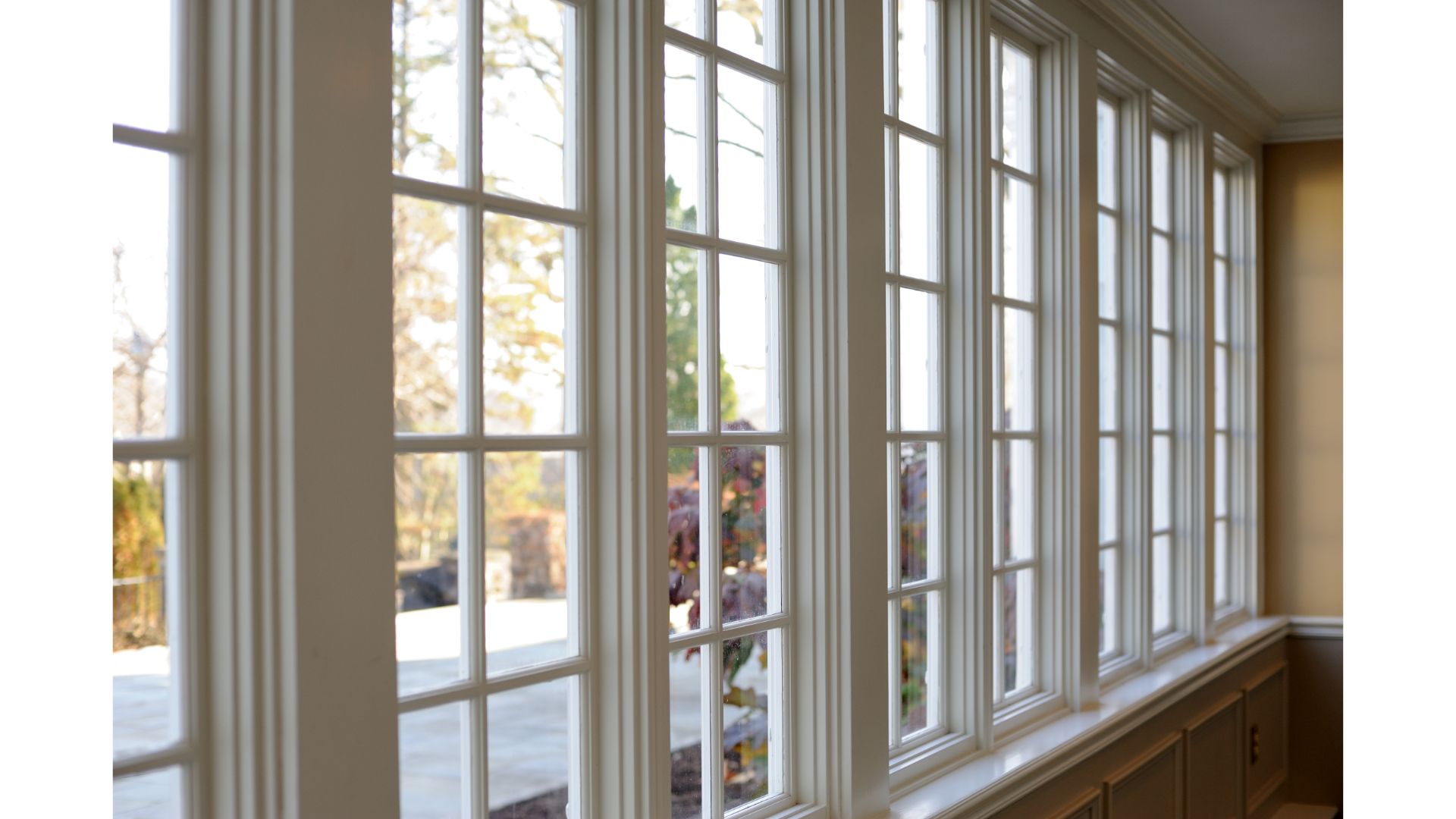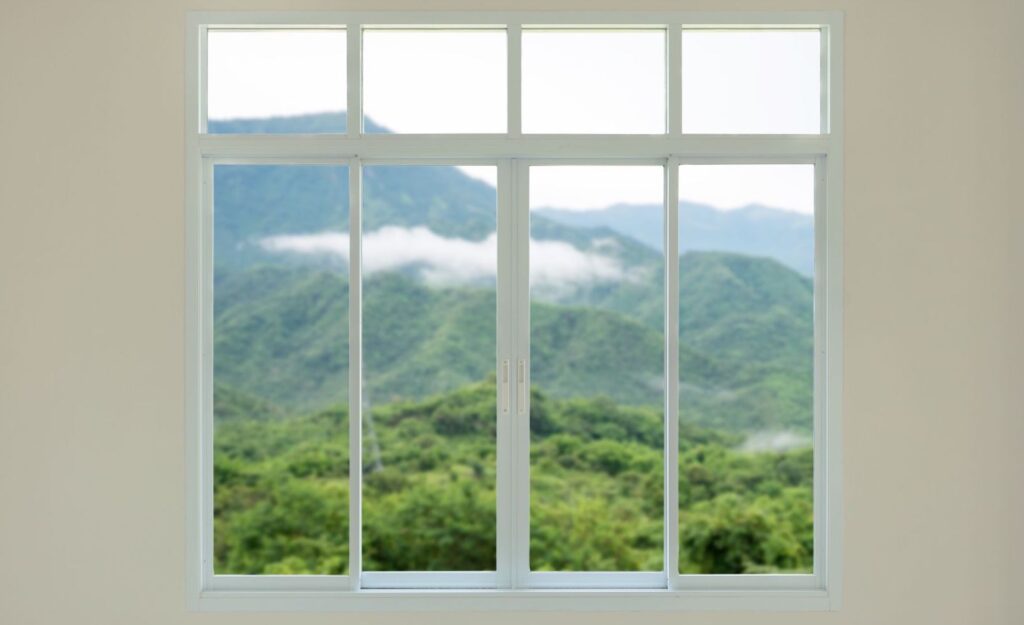
What are the Different Types of Windows?
Windows are an essential part of any building, providing natural light, ventilation, and views of the outdoors. Over the years, the design and construction of windows have evolved, leading to various types of windows. Each type has its unique features and advantages, making it suitable for different settings and purposes.

Below are the most common types of windows and their characteristics.
- Single Hung Windows: These windows consist of two sashes where only the bottom sash is operable. They are affordable and easy to install but have limited ventilation.
- Double Hung Windows: Similar to Single Hung windows but both the upper and lower sashes can be opened, allowing for better ventilation.
- Casement Windows: These windows open outward using a crank, making them great for ventilation and easy to clean. However, they can be more expensive and difficult to install.
- Awning Windows: Similar to casement windows, but they open outward from the bottom, making them ideal for ventilation during light rain.
- Slider Windows: These windows open horizontally and slide along a track. They offer good ventilation and are easy to operate but can be prone to air leakage.
- Picture Windows: These are fixed windows that don’t open, typically used for providing a clear view of the outdoors and allowing natural light to enter the room.
- Bay Windows: These windows are designed to project outwards from the wall, typically consisting of three windows that are angled to create a larger viewing area.
- Bow Windows: Similar to Bay windows, but they are curved and have more windows, creating a wider viewing area.
- Skylight Windows: These windows are installed in the roof and allow natural light to enter the room from above.
- Transom Windows: These are narrow windows located above a door or window to allow additional light into the room.
- Jalousie Windows: These are composed of multiple slats that open and close in unison using a crank. They offer excellent ventilation but are not very energy-efficient.
- Tilt and Turn Windows: These windows can be tilted inwards at the top for ventilation or swung inward like a door for easy cleaning.
- Hopper Windows: These windows are hinged at the bottom and open inward, making them ideal for basements and bathrooms.
- Garden Windows: These windows project outward and are typically installed above a sink, providing a space for growing plants.
- Sliding Glass Doors: These windows are similar to sliding windows, but they are large enough to serve as a doorway. They provide excellent views and easy access to the outdoors.
- French Windows: These are double doors that swing outward or inward and consist of a series of glass panes.
- Storm Windows: These are designed to provide additional protection from harsh weather conditions and can be installed over existing windows.
- Soundproof Windows: These are designed to reduce noise levels from outside, making them ideal for homes near busy roads or airports.
- Sash Windows: These are similar to single and double-hung windows, but they are typically used in historical homes and have a unique design.
- Clerestory Windows: These are high windows located near the ceiling that allow natural light to enter the room without sacrificing privacy.

Which Kind of Replacement Window is Right For You?
There are several types of windows available, each with its unique features and advantages. When choosing windows for your building, it’s important to consider the building’s architectural style, the purpose of the windows, and the budget. By understanding the different types of windows and their characteristics, you can make an informed decision that meets your needs and enhances your building’s overall design.

When selecting the type of window, there are some essential factors to consider. One of the significant factors is energy efficiency. Choosing energy-efficient windows can help reduce energy consumption and lower utility bills. The most energy-efficient windows have double or triple-pane glass, low-e coatings, and gas-filled spaces between the panes.
Another crucial factor to consider is the window frame material. The frame material determines the window’s durability, maintenance, and energy efficiency. Common materials used for window frames include wood, vinyl, aluminum, and fiberglass. Each material has its unique advantages and disadvantages, such as durability, maintenance requirements, and cost.
Security is another essential factor to consider when choosing a window type. Some window types, such as picture windows, skylights, and awning windows, may be challenging to secure. On the other hand, double-hung and casement windows have locks that make them more secure.

The location of the building can also influence the type of window to choose. For instance, if the building is located in a noisy area, choosing soundproof windows can help reduce noise levels.
In conclusion, choosing the right type of window is essential for any building. Different window types have their unique features, advantages, and disadvantages, making it necessary to consider several factors before making a choice. By understanding the various types of windows available, their characteristics, and the factors to consider, you can make an informed decision that meets your needs and enhances your building’s overall design.
